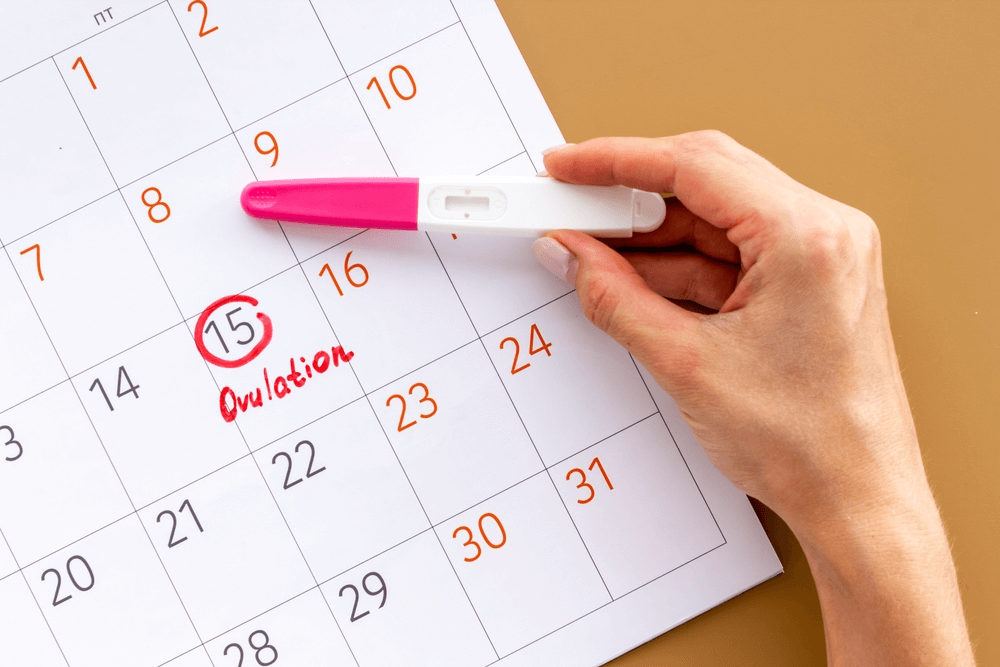How Ovulation Tests Work: A Comprehensive Guide

Home ovulation tests are an invaluable tool for those looking to conceive, providing a reliable method to determine the best time for conception. These tests detect the luteinizing hormone (LH), which surges before ovulation, with an accuracy rate of up to 99%. Here’s a detailed guide on how these tests work and how to use them effectively.
What Are Ovulation Tests?
Ovulation tests are designed to detect the surge in LH levels that occurs 24-36 hours before ovulation. This hormone surge is a key indicator that an egg will soon be released, making it the optimal time for conception.
Types of Ovulation Tests
There are two main types of ovulation tests available on the market:
- Test Strips: These require you to collect urine in a sterile container and dip the strip into the urine for a specified time.
- Midstream Tests: Similar to home pregnancy tests, these are held directly in the urine stream.
Both types are equally reliable, and the choice between them often comes down to personal preference.
How to Use Ovulation Tests
- Collecting a Sample: For test strips, fill a sterile container with urine. For midstream tests, hold the test in the urine stream.
- Timing: Follow the instructions for how long to keep the strip in the urine.
- Response Time: Most tests take about five minutes to show results.
- Interpreting Results: A control color band will indicate whether the test is functioning correctly. The test band, which appears next to the control band, indicates the presence of an LH surge:
- Positive Result: The test band is equal to or darker than the control band, indicating an LH surge and impending ovulation.
- Negative Result: The test band is lighter than the control band or not present, indicating no LH surge.
Also read: What Travel Insurance Will (And Won’t) Cover During Pregnancy?
Optimal Testing Times
Since the LH surge is brief, timing your tests correctly is crucial. Most guidelines suggest testing at the same times each day, such as 11 AM, 3 PM, 5 PM, and 10 PM. Testing twice a day, once in the morning and once in the evening, can increase your chances of detecting the surge.
To prevent diluted urine, it’s advisable to reduce fluid intake two hours before testing.
Blood vs. Urine Tests
Blood tests can detect the LH surge 4-5 hours earlier than urine tests. However, for home testing, urine tests are more convenient and widely used.
Peak Fertility Window
Once an LH surge is detected, the most fertile period is typically within one to three days after the surge. This is the optimal time for attempting conception.
Important Considerations
- Reading Instructions: Always read the instructions carefully before using an ovulation test.
- Storage: Store tests unopened at room temperature.
- Medications: Some medications, like menotropins and danazol, can affect test results. The fertility drug Clomid may cause false positives if tested too early in the cycle.
- Cycle Stabilization: If you’ve recently stopped taking birth control pills, your cycle might take some time to stabilize. It may be best to wait for two full menstrual cycles before using ovulation tests.
Enhancing Accuracy with Other Methods
Ovulation tests are most effective when used alongside other fertility tracking methods, such as:
- Basal Body Temperature (BBT): Monitoring your BBT can help identify subtle changes that indicate ovulation.
- Cervical Mucus: Observing changes in cervical mucus can also provide clues about ovulation.
- Cervical Positioning: Checking the position and texture of your cervix can further aid in determining your fertile window.
Conclusion
Ovulation tests are a reliable and straightforward tool for identifying your most fertile days. By combining these tests with other fertility indicators, you can gain a comprehensive understanding of your menstrual cycle, enhancing your chances of conception. Remember to consult with your healthcare provider for personalized advice and support.
Also read: Understanding Your Rights As A Pregnant Airline Passenger






